
Rhinoplasty, medically known as rhinoplasty, is a surgical procedure performed to improve the appearance of the nose and, if necessary, to correct breathing problems. This operation is performed to balance the symmetry of the face and positively affect both the physical and psychological health of the person.
The nose is a central organ that ensures the aesthetic integrity of the face. Deformities or structural problems can negatively affect a person’s social relationships, self-esteem and quality of life. Therefore, rhinoplasty offers not only an aesthetic intervention but also a functional solution.
Rhinoplasty operation is usually performed under general anesthesia and open or closed technique is applied according to the needs of the patient:
The average operation time varies between 2-4 hours and the healing process usually takes a few weeks. However, it can take about a year for the nose to take its full shape.
For each patient, these changes are planned in line with personal aesthetic goals and functional needs.
Surgeon-patient communication is critical for a successful outcome. Setting realistic expectations, proper planning and compliance with the healing process are the keys to positive outcomes.
Rhinoplasty is a surgical intervention in which different techniques are used to solve aesthetic and functional problems of the nose. There are two main approaches in the medical literature:
1. Open Rhinoplasty
Open rhinoplasty is a more invasive technique that is performed through a small incision in the lower part of the nasal tip. This approach allows the surgeon to see the nasal anatomy in more detail and is often preferred in complex cases.
Assoc. Prof. Dr. Güncel Öztürk usually uses open rhinoplasty in difficult and complex cases. However, the less invasive closed technique is preferred when possible.
In closed rhinoplasty, all incisions are made on the inside of the nostrils. This technique does not require lifting the skin of the nose, thus reducing surgical trauma and speeding up the healing process.
Assoc. Prof. Dr. Güncel Öztürk achieves more aesthetic and natural results by successfully applying closed rhinoplasty and protective rhinoplasty techniques in his operations.
Since each patient’s nasal structure is different, a detailed pre-operative examination and planning process is critical. The choice of surgical technique is personalized according to the patient’s nasal anatomy, skin thickness and aesthetic expectations.
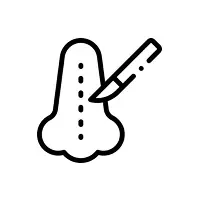
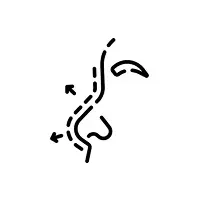
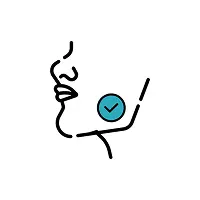
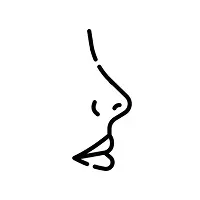
| Curiosities | Answers |
|---|---|
| Operation Name | Nose Aesthetics (Rhinoplasty) |
| Operation Technique | Closed, Protective Technique |
| Anesthesia Type | General Anesthesia |
| Processing Time | 2-4 Hours |
| Hospitalization | 1 Night |
| Splint Purchase Time | 5-7 Days |
| Sensitivity | 3-4 Days |
| Back to Social Life | 5-10 Days |
| Rest | 5-10 Days |
Assoc. Prof. Dr. Güncel Öztürk is an internationally recognized expert in the field of rhinoplasty. Through years of research, clinical observations and surgical practice, he has made significant innovations and improvements in rhinoplasty techniques. These techniques take into account not only aesthetic results but also functional healing processes. Here are some important rhinoplasty techniques developed by Assoc. Prof. Dr. Güncel Öztürk and published in international medical journals:






















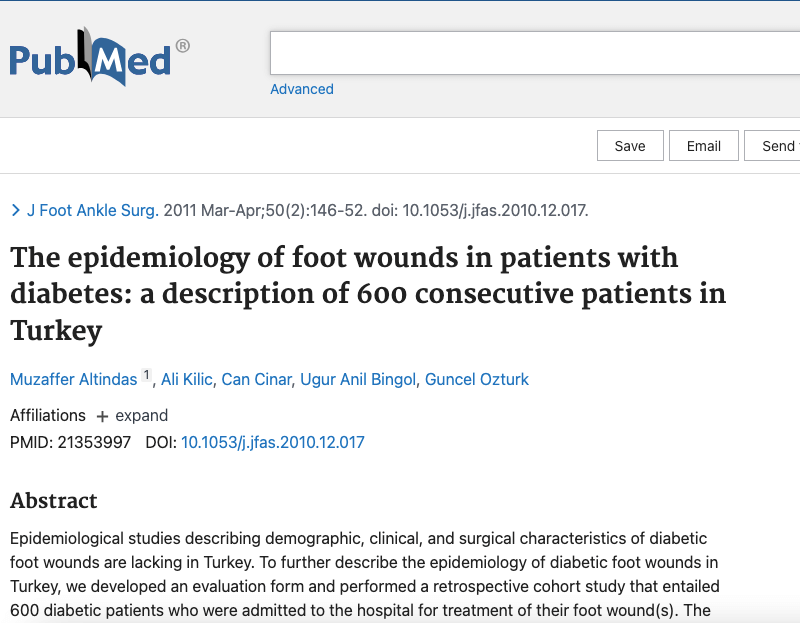
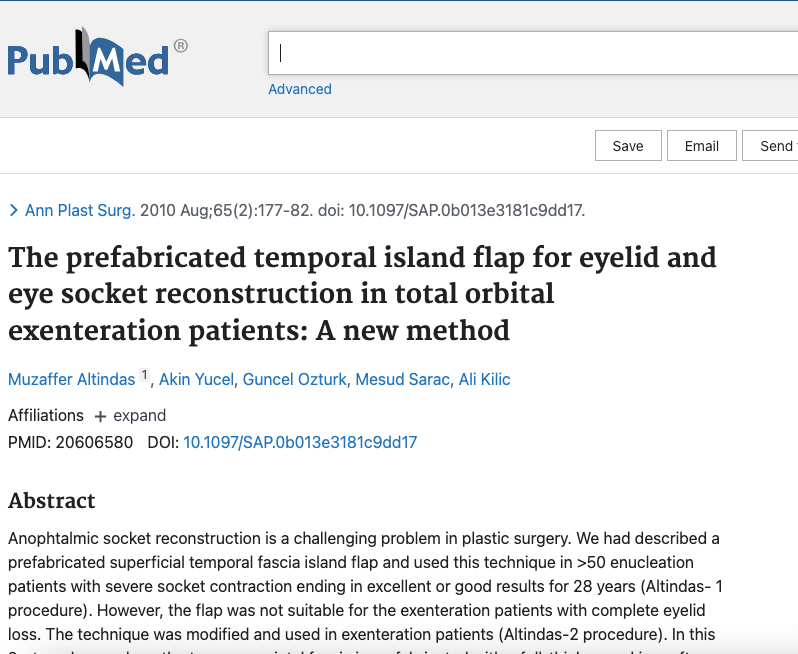


“How many hours does rhinoplasty take?” is one of the most common questions faced by plastic surgeons. The duration of the rhinoplasty operation may vary depending on the needs of the patient and the complexity of the procedure.
After the operation, patients are usually kept under observation in the hospital overnight and discharged the next day. Although the recovery process varies according to the individual situation of each patient, it is generally as follows:
In this process, following the care instructions recommended by the surgeon and performing regular checks ensures that both aesthetic and functional results are achieved in the best way.
After the operation, Assoc. Prof. Dr. Güncel Öztürk shows you the possible image your nose will take with the 3D Vectra device.
After receiving detailed information about the process, your operation day is determined.
After the procedure, which takes an average of 2 hours, you will stay in the hospital for 1 night.
Assoc. Prof. Dr. Güncel Öztürk will check you after the operation and you will be discharged.
After 5-7 days, Assoc. Prof. Dr. Güncel Öztürk provides the final control after your splints and silicones are removed and you can say hello to your new nose.
If you are able to travel, we make sure that everything goes well by hosting you in our clinic during months 1-3-6 and 12.
Rhinoplasty prices vary depending on several different factors. Since each patient’s needs and the difficulty level of the operation are different, pricing is personalized accordingly. Here are the main factors affecting rhinoplasty prices:
Performing rhinoplasty surgery with successful results directly depends on the experience of the surgeon. An experienced and specialized surgeon can achieve better aesthetic and functional results. Surgeons with a high level of expertise will usually make a difference in pricing.
Every nasal structure is different and some nose types require a more complex surgical intervention. Factors such as nasal arch, curvatures, previous procedures (revision rhinoplasty) may increase the duration and difficulty level of the operation and affect the cost.
The type of hospital where the operation will be performed and the services it provides are also important factors affecting the price. Factors such as hospital fees, length of hospital stay, medical supplies used, anesthesia costs and care during the recovery process can affect the price.
Rhinoplasty is a procedure that should be performed after the bone structure of the person has fully matured. Therefore, the body’s development process must be completed before surgery.
Minors can undergo rhinoplasty with parental consent. In this case, the family is given comprehensive information about the suitability and risks of the surgery and the approval process is carried out in detail.
Other factors to be considered before making a rhinoplasty decision are as follows:
Realistic Expectations Rhinoplasty aims to contribute not only to the aesthetic appearance but also to the quality of life. Therefore, it is important for the patient to have realistic expectations in order to get the best results from the surgery.
The rhinoplasty operation, which usually takes between 2-4 hours, may require more time in cases requiring revision (previously treated noses) and more complicated procedures.
Swelling will increase to the maximum level within 1 week after the operation. Afterwards, it will gradually decrease within 2-3 weeks, but it may take between 6-12 months for the nasal structure to completely settle, although it varies from person to person.
Within 7-10 days after the procedure, most of the bruises will be gone and your swelling will be minimized. The healing process may vary from person to person depending on the structure of the nose.
The patient who will undergo rhinoplasty must have completed the bone formation process. Rhinoplasty can generally be performed after the age of 16 for women and 18 for men.
After rhinoplasty, light-framed glasses can be worn after 3 months and thick-framed glasses after 6 months. Since the bone and cartilage tissues in the nose are reshaped, it is important not to put pressure on it during the healing process.
The plastic splint used to support the modified bone and cartilage tissue in the nose to remain stable is usually removed within 5-7 days after the operation.
In closed rhinoplasty operations, the sutures placed in the nose are self-melting sutures. Unless alaplasty (nostril reduction) is performed, only dissolving sutures are used in the nose.
Yes, both of these situations can be addressed at the same time in rhinoplasty surgeries.
After deciding on the operation, the person should stop smoking at least 1 week in advance. In addition, products such as alcohol and fruit tea that accelerate bleeding should also be stopped 1 week in advance.
Since the sensitivity of the structures in the nose will continue relatively, you should be careful not to bump your nose, especially for the first 1 month. In addition, diet is also very important for the healing process.
Although it is minimal, it will go through a healing process since the structure has been traumatized. The stiffness at the tip of the nose after rhinoplasty may vary from person to person and may last between 1-3 months.



Copyright © 2026 Tüm Hakları Saklıdır.
SEO:
